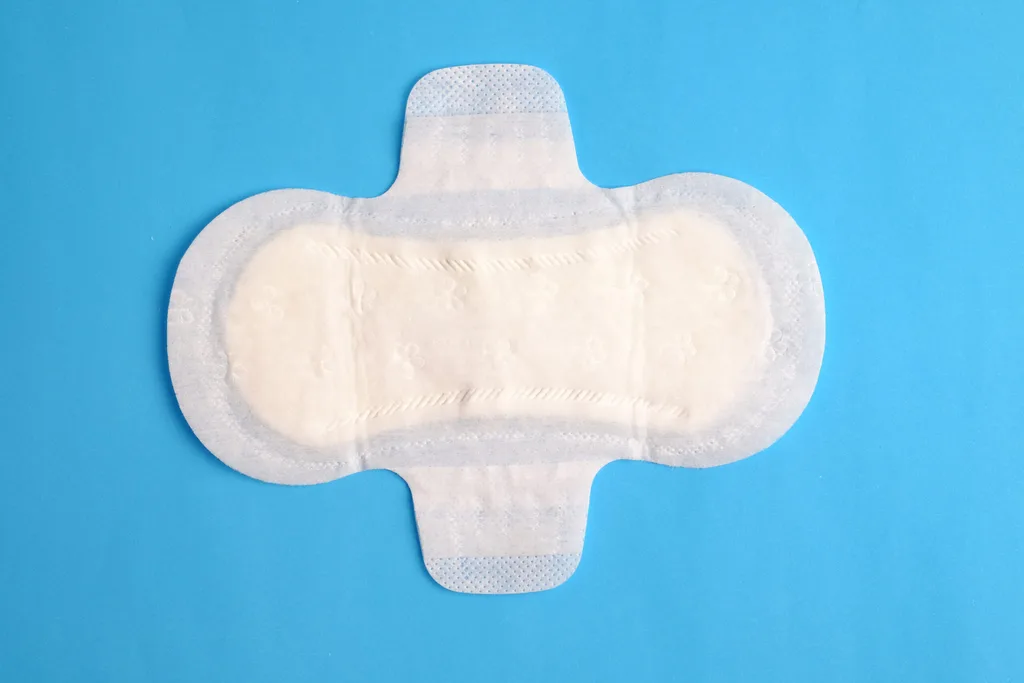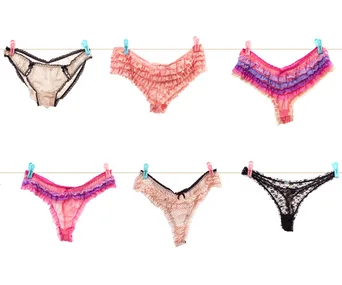Periods can be inconvenient, uncomfortable and just plain messy. However, like taxes, it’s one of those things that’s inevitable (for half the population at least) but thankfully, there are a whole range of products out there designed to make things a little easier.
But if you’ve stood in the supermarket aisle or at your local chemist wondering whether you should pick up a pack of sanitary pads, tampons or a menstrual cup, this is the information you need to know.
Take a look at our period protection cheat sheet to get the lowdown on which products are the most budget-friendly, environmentally-friendly and easy to use.
Sanitary pads

For those who’ve just started menstruating, pads are a top option.
Let’s start with sanitary pads. These are made from absorbent cotton and stick to your underwear and come in a wide range of absorbency levels, depending on how heavy your flow is.
As they are the most user-friendly, these products are probably the best ones for teenage girls who have just started menstruating. And if you’re worried about leakage, you can always double up with a tampon.
To prevent any bacterial growth, it’s recommended that you change your sanitary pad every few hours, though there are varieties that are designed for overnight use.
The downside to pads is that you can’t use them when you go swimming or partake in certain water-based activities. Otherwise, you could have an embarrassing moment when you see a used pad floating beside you.
READ MORE: How to make periods less of a pain.
While your average disposable ones can’t be flushed down the toilet, they can also contribute to landfill but there are reusable ones available.
Plus, a pack of disposable pads won’t put you out too much, they cost around $4 to $8 per pack.
Tampons

Many women find tampons to be a more comfortable option compared to pads.
A tampon is a bundle of absorbent material that’s inserted into the vagina and is another popular option for women on their period.
Like pads, they come in a range of absorbency levels, and while they’re a bit more fiddly than pads, some women find them more comfortable than pads.
If you don’t like the thought of getting blood on your hands when inserting a tampon, you can buy applicators to make the job a little easier, however, this is a little more expensive, and as they’re often made from plastic, they aren’t great for the environment.
One big benefit of tampons, though, is that they can be used while swimming or exercising. In fact, when it’s inserted correctly, you shouldn’t be able to feel it at all.
But don’t forget about them! Tampons should be changed every two to six hours depending on heaviness of your flow to prevent bacterial growth.
READ MORE: 5 weird things that happen to your body when you’re on your period.
You may have heard people talk about Toxic Shock Syndrome (TSS) when it comes to tampons. This is a very rare but potentially serious illness caused by a type of bacteria called Staphylococcus aureus (and less commonly Streptococcus pyogenes) which are able to produce a toxin. Women who use tampons when they’re on their period have a higher risk of TSS than women who do not, but these days, it’s not as much of an issue as it was with tampon brands 30 to 40 years ago. Just remember to change your tampon regularly and use a pad overnight.
Tampons cost around the same as sanitary pads, so you won’t be breaking the bank.
Menstrual cups

In the long run, menstrual cups are a great option for your wallet and the environment.
Unlike the disposable options, the menstrual cup (also known as the diva cup) is made of soft silicone or rubber and is inserted into the vagina.
To insert it, fold up the cup and once it’s in, the cup opens to form a seal against your vaginal wall and catch the menstrual blood. When you’re ready to remove it, just pull the stem, pinch the base to release the seal and empty the contents of the cup into toilet.
Yes, things can get a bit messy with this one, but for women who have been dealing with their periods for a while, it’s a great option as it can stay in the vagina for up to 12 hours.
READ MORE: This woman says she was FIRED from her job because of her heavy period.
These products are a bit more expensive though, costing between $40-55, but as they can last up to 10 years, they’re more cost effective in the long term.
As pads and tampons are made of cotton and paper, opting for menstrual cups means less landfill so you’ll also be helping out the environment by purchasing one. They’re better for your body too as they leave your vaginal pH and bacterial balance in place, unlike tampons, which absorb your vaginal fluid.
So which is best?

Of course, the choice is all yours. After all, it’s your body and you should use whatever you feel comfortable with.
Each product has its pros and cons, but if we had to pick a frontrunner, it’s the menstrual cup. Not only can it be used for a longer amount of time, but it will save you money and you’ll be doing your bit for the planet too.
If you’re confused or need to know a little more information, don’t hesitate to speak to your doctor or healthcare professional.


